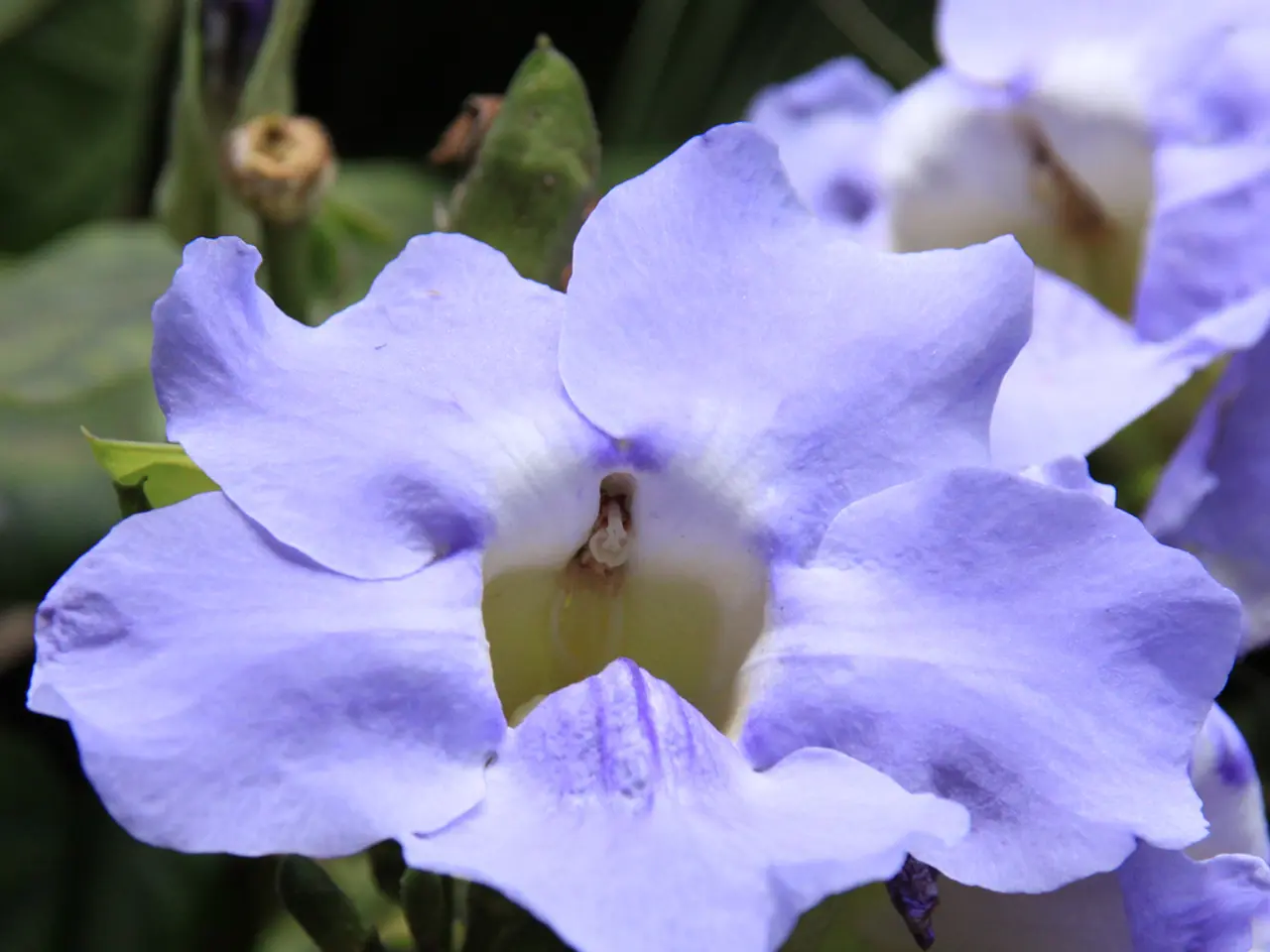Equinox Day Celebrations in Japan (observed as National Holidays)
Autumnal Equinox Day, typically falling around September 23, holds a special significance in Japanese culture. This day marks the transition from summer to autumn and is observed as a national holiday in Japan. But beyond its meteorological importance, Autumnal Equinox Day is a time for ancestral veneration and spiritual reflection.
The seven-day Buddhist period known as Higan spans the three days before and after the equinox. During this period, families visit the graves of their ancestors, clean the sites, and offer prayers and offerings, including incense and flowers. This is considered an especially auspicious time for spiritual practice and ancestral remembrance. The Imperial Household also conducts the Kōreisai ceremony to honor past emperors and imperial family members.
The red spider lily, or higanbana in Japanese, is a common sight during the Higan period. These striking flowers, named for the time of year they bloom, symbolize the spiritual transition that takes place during this period. The red spider lily has a somber or ominous reputation in Japan, often associated with death and the cycle between life and the afterlife. Clusters of red spider lilies can be seen lining rice field paths, riversides, and parks during Autumnal Equinox Day, serving as symbols of the day.
In Buddhism, the red spider lily is considered a sacred flower. In Japanese culture, it is traditionally eaten as Ohagi, a sweet made of rice and red bean paste, symbolizing offerings to ancestors and gratitude.
Higan originally referred to the ideal state one strives for through enlightenment in Buddhist teachings. The alignment of the sun rising due east and setting due west during the equinox underscores the spiritual connection to the Pure Land in the west, a Buddhist paradise. This period serves as a reminder of the pursuit of enlightenment and reflecting on the "other shore" (enlightenment or Nirvana) versus "this shore" (the world of suffering).
In summary, Autumnal Equinox Day in Japan is a time for honoring ancestors, remembering those who have passed, and reflecting on the cycle of life and death. The red spider lily, with its symbolic bloom, is an important part of the cultural and religious significance of this day.
- During the annual Higan period, families clean and offer prayers at the graves of their ancestors, which often includes lighting incense and arranging flowers, symbolizing their spiritual connection and reverence.
- The red spider lily, or higanbana, is considered a sacred flower in Japanese Buddhism, traditionally eaten as part of the sweet Ohagi to express gratitude towards ancestors during this period.
- beyond being a national holiday, Autumnal Equinox Day signifies not just a meteorological transition, but also an auspicious time for individuals to engage in spiritual practices, remember their ancestors, and reflect on enlightenment and the cycle of life.
- The red spider lily's symbolism extends beyond the grave sites, as clusters of them are seen lining rice field paths, riversides, and parks during Autumnal Equinox Day, serving as a physical representation of spiritual transition and the cycle of life and death.
- Higan originally referred to the ultimate state one seeks to achieve through enlightenment in Buddhist teachings, emphasizing the spiritual connection to the Pure Land in the west, a Buddhist paradise, during the alignment of the sun rising due east and setting due west on Autumnal Equinox Day.




